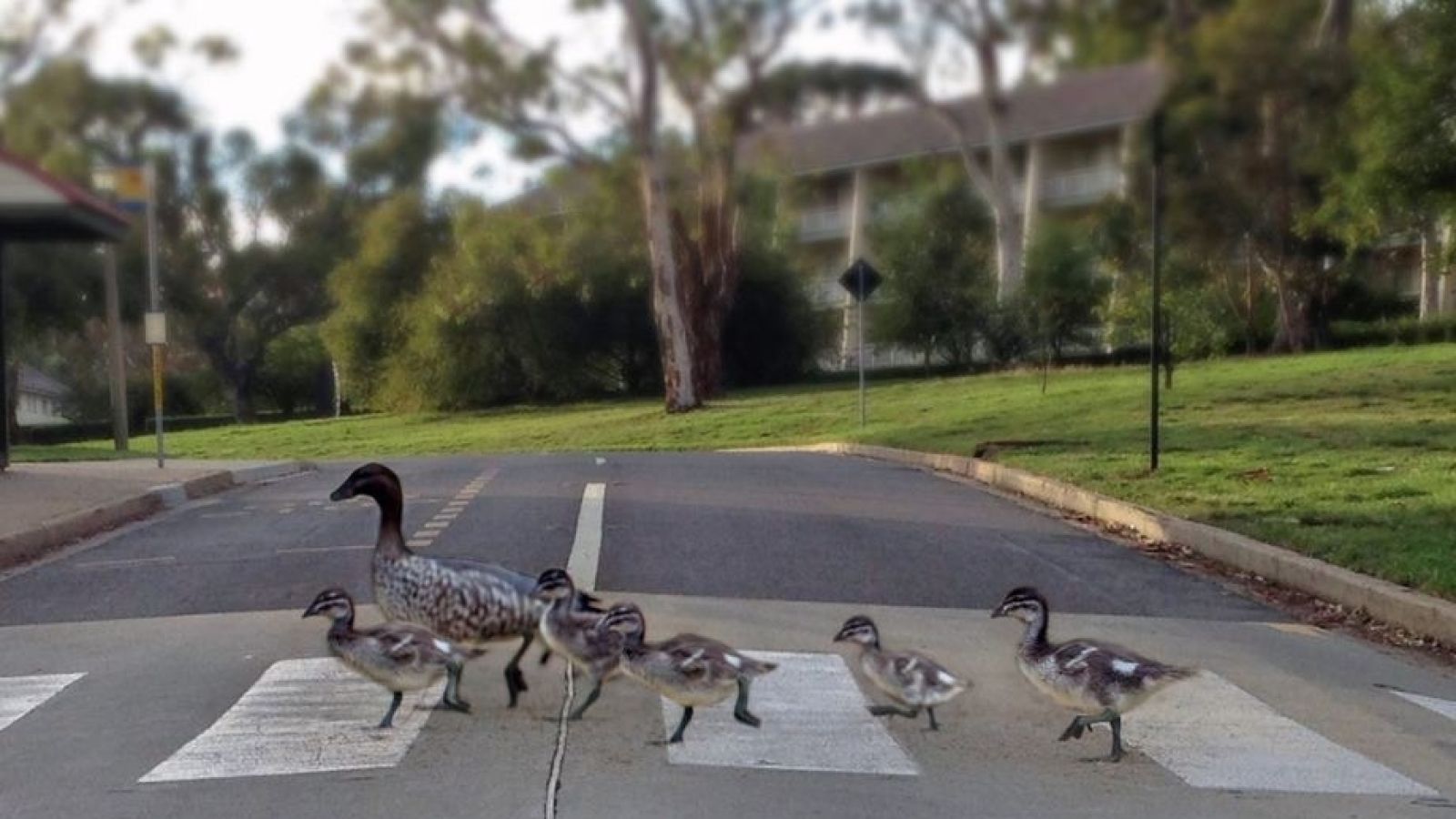CAIS takes Persian and Arabic language teaching online

Creating an engaging and dynamic language learning environment is no easy task, but staff from the Centre for Arabic and Islamic Studies (CAIS) and the Student and Education Office staff have worked together to build a new online learning environment from the ground up.

Iranian students in Laleh Park, Tehran (Photo by William Bullock Jenkins)
The first course to be taught using the innovative new platform was Introductory Persian, taught by Dr Zahra Taheri and William Bullock Jenkins from CAIS in first semester this year.
The learning environment is made up of three complementary platforms to ensure high-quality delivery of each aspect of language learning: Wattle is used for administration and assessment, a custom-designed website for language instruction, learning materials and interactive exercises, and Adobe Connect for educational web conferencing for tutorials and face-to-face time with the lecturer and tutors.
Importantly, all of the content is fully accessible and scalable on mobile and tablet devices as well as through laptop and desktop computers to accommodate modern student mobility needs and future technology.
Built from scratch, William, as lead in developing the Persian courses and the online learning environment, says that creating a holistic language learning experience is at the forefront of quality online language teaching. The curriculum has also been specially tailored to cultivate an online learning experience including immersion in the cultural context of language.
“Each of the platforms we’ve used serves a specific purpose and together they create a comprehensive experience – writing, listening, conversing and reading,” he says.
“Given that ANU is the only university in Australia that teaches Persian, and is a leader in teaching Arabic, it’s exciting to have a new, cutting-edge way to open up these courses to other students across Australia and even overseas.”
One of the particular challenges of online learning, says William, is developing relationships with students to enrich their learning.
“That’s why we have the weekly web conference tutorials, as it allows lecturers to engage personally with the students, enrich learning, and develop relationships similar to what would happen in a classroom environment. It was important that personal connection and tailored learning support constituted a core part of the course offering,” he says.
Positive feedback from students after the first semester of teaching suggests they have achieved this with their platform.
Eventually, William says the model can be rolled out for use by other language teachers around the College and University who wish to take their teaching online.
This semester, students are continuing on with Introductory Persian. Media Arabic, an advanced Arabic course, is also being taught online for the first time in semester 2, led by Leila Kouatly. Plans and development are also in the works to teach Intermediate Persian and Introductory Arabic online next year.
Visit the Persian online website to find out more about the project.